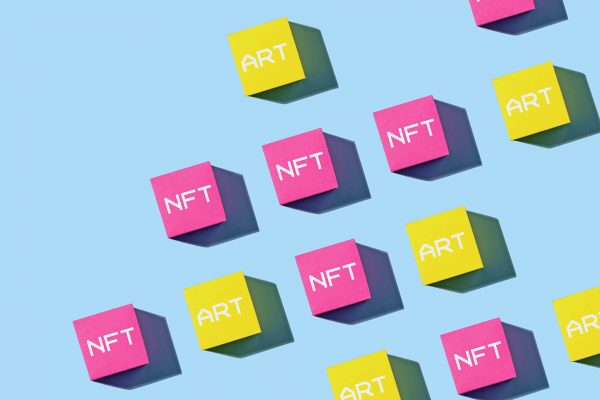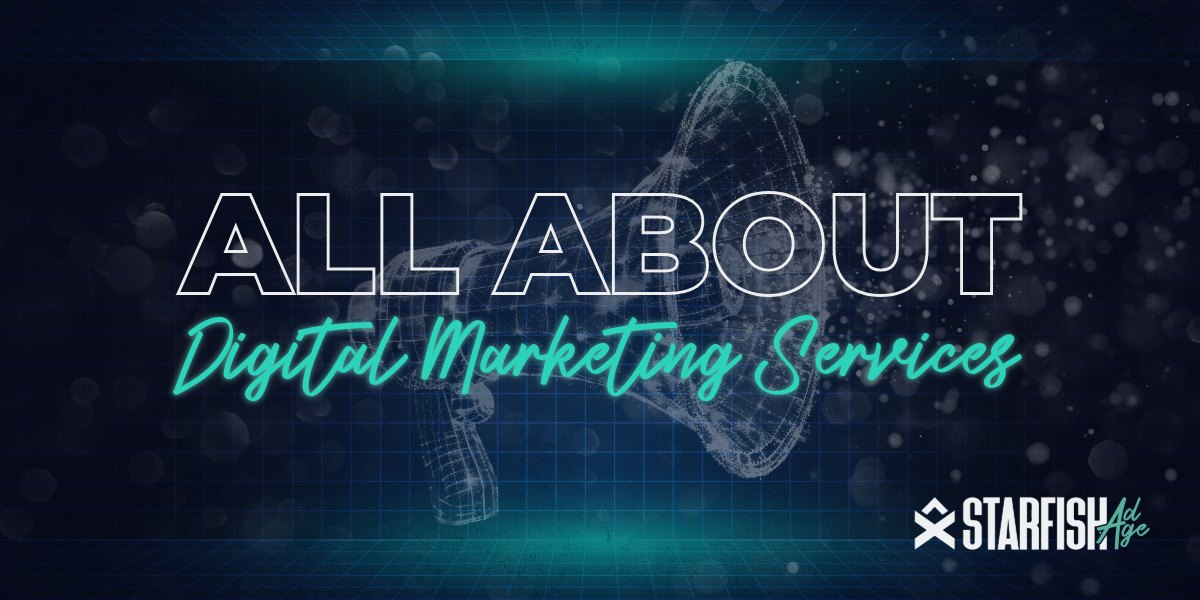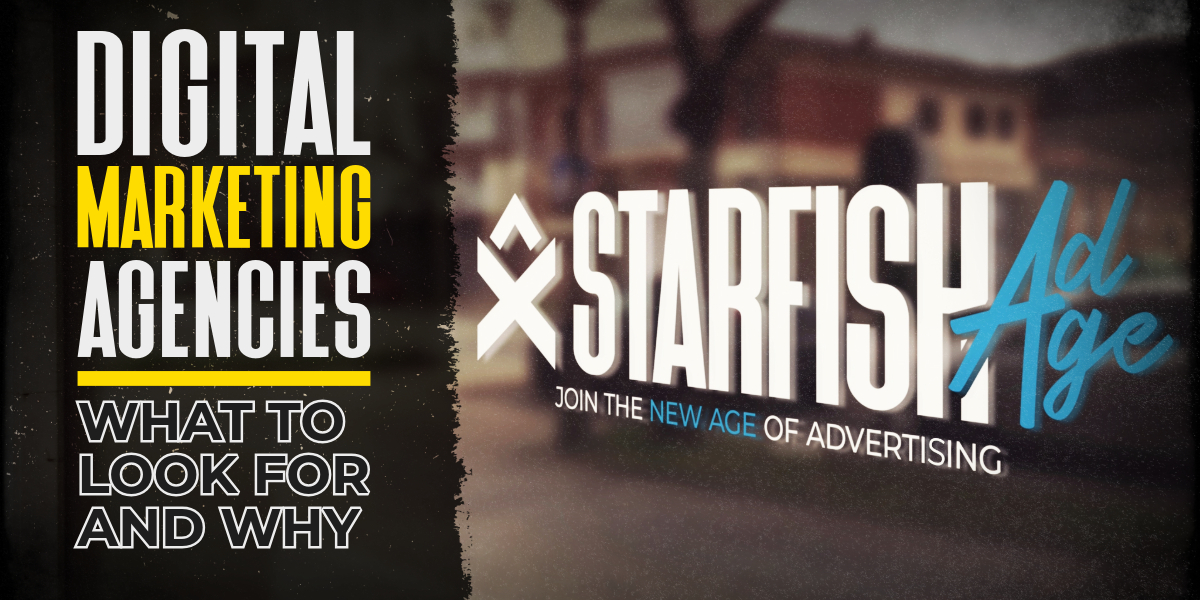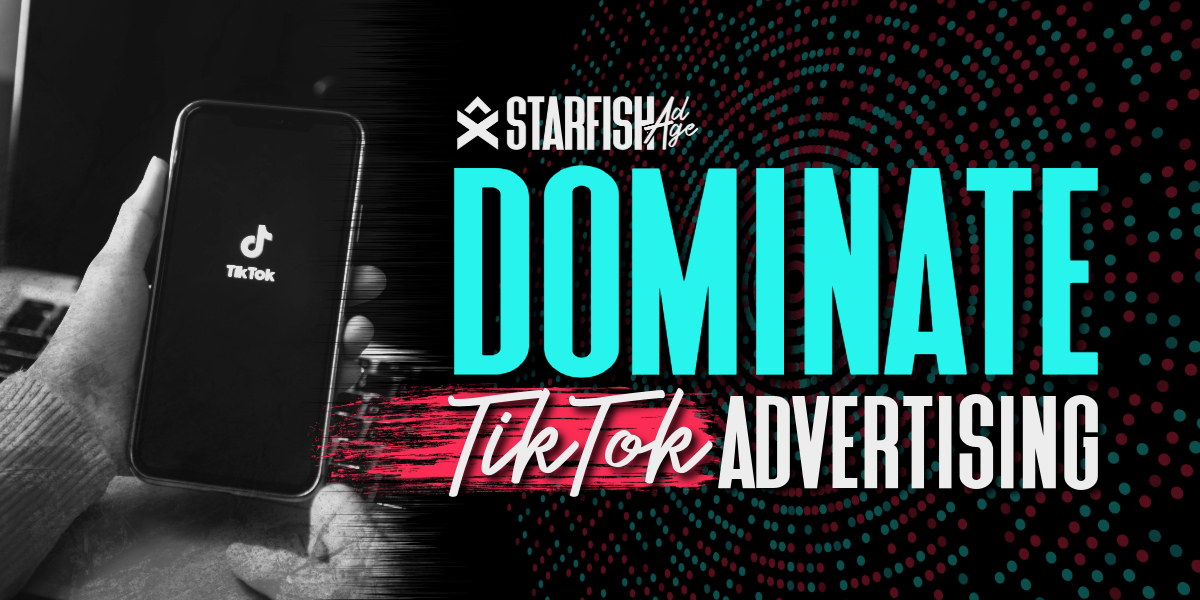
14 Digital Marketing Solutions to Grow Your Business
14 Essential Digital Marketing Solutions to Boost Your Business Growth

Is Web 3.0 a potential future iteration of the internet that relies on public blockchains, a record-keeping technology best known for enabling bitcoin transactions? Web 3.0’s appeal lies in its decentralization; rather than users gaining access to the internet through services mediated by corporations like Google, Apple, or Facebook, users will control and administer their own pieces of the internet.
Web 3.0 eliminates the need for both “permission” (central authority not deciding who can and cannot use their services) and “trust” (an intermediary not being required for virtual transactions between two or more parties).
Web 3.0 improves privacy protections in theory since fewer third parties are involved in data collection.
Decentralized finance, or Defi for short, is an emerging area of Web 3.0. Real-world monetary transactions are carried out on the blockchain, obviating the need for intermediaries like banks or the central bank.
We will discuss a brief history of the Web, the significance of web 3.0 in cryptography, what web 3.0 is now, and the future of the Web.
Billion people throughout the world rely on the World Wide Web as their primary means of sharing information and establishing connections with others online. The early uses of the internet are hardly recognizable when compared to the modern Web. Web1.0, Web2.0, and Web 3.0 are often cited as the three major milestones in the history of the internet.
Web 1.0 refers back to the first version of the internet. Web 1.0 may be thought of as the Syntactic or read-only Web. The majority of participants were passive observers who only absorbed the information presented, whereas the majority of creators were web developers who merely created websites with content given predominantly in text or visual format. The first generation of the internet, or Web 1.0, existed from 1991 until 2004.
In the early days of the internet, known as “Web1.0,” sites often only provided static content rather than using hypertext markup language (HTML) to give dynamic content to visitors.
Rather of relying on a database to store information, the website relied on a static file system to provide text and images to visitors.
Web2.0, also known as the interactive read-write and social Web, is the only version of the internet most of us have ever experienced. If you want to get in on the action of making things in the Web 2.0 world, you can become a developer.
Each and every one of us can theoretically play around with app development.
You have the capacity to generate ideas and disseminate them globally. Video is another kind of media that may be uploaded to the Web and shared with a large audience for the purpose of viewing, commenting on, and discussing. Social media sites like YouTube, Facebook, Flickr, Instagram, and Twitter are all instances of Web 2.0 programs.
Companies are able to come up with novel concepts that encourage users to contribute more to the Social Web thanks to advancements in web technologies like HTML5, CSS3, and JavaScript frameworks like ReactJs, AngularJs, VueJs, and others.
Since Web 2.0 is centered on the end user, all that is required of developers is the creation of a system to empower and enthrall them.
Think about how much Instagram, Twitter, LinkedIn, and YouTube have changed from their infancy to the present day.
All of these businesses use this standard operating procedure:
The business world now has a new app.
As many persons as possible are enrolled.
It then capitalizes on the utilization of its service to generate revenue.
The user interface of a successful app, released by a developer or company, is usually quite polished, particularly as the app gains in popularity. This is what allowed them to gain popularity so quickly in the outset.
At the outset, many software companies don’t worry much about making money. Instead, their only concern is growing their customer base and keeping existing ones, although they know they need to turn a profit sooner or later.
However, many of the apps we use now suffer because of the constraints of taking on venture capital.
When a company seeks venture financing to build an app, for instance, its backers often anticipate a multiple-fold return on their investment. This implies that the organization is often forced onto one of two roads, marketing or data sales, rather than adopting a long-term growth plan that can be maintained organically.
Web 2.0 businesses like Google, Facebook, Twitter, and others may benefit from more data collection by placing more relevant advertisements on their sites. There will be an increase in ad revenue as a consequence of more clicks. As we know and use the internet today, its whole existence depends on the centralization and exploitation of user data.
Therefore, it is not uncommon for Web 2.0 apps to have data breaches. Information breaches are becoming so common that there are even websites whose only purpose is to keep track of them and alert its visitors when their personal data has been compromised.
In Web 2.0, you have no say over who sees your data or how it is kept. In reality, it’s not uncommon for firms to secretly record user information. All of this information is then controlled by the companies running the respective platforms.
The future of the Web is hinted at by the term “Web 3.0,” which may also refer to the Semantic Web or the read-write-execute paradigm that was implemented sometime around 2010.
By giving computers the ability to evaluate data in the same way that people do, AI and ML facilitate the intelligent creation and dissemination of useful information tailored to each user’s individual requirements.
Despite their differences, decentralization is essential to both Web 2.0 and Web 3.0. Software engineers in the Web 3.0 era rarely build and release applications that just need a single server or database to function (usually hosted on and managed by a single cloud provider).
Blockchains, decentralized networks of many peer-to-peer nodes (servers), and hybrids thereof are the foundations upon which Web 3.0 applications are created. You’ll hear a lot about decentralized applications (DApps) in the Web 3.0 sphere.
By providing incentives to network members (developers), a decentralized network may be built that is both reliable and safe.
As the term “Web 3.0” gains popularity, the topic of cryptocurrencies naturally arises. This is due to the fact that cryptocurrencies are vital to the functioning of several Web 3.0 protocols. Instead, it incentivizes people to build, control, contribute, and enhance these projects by paying them in tokens for their time and effort. Tokens connected with the Web 3.0 architecture and its goal of building a decentralized Internet are digital assets. Online services traditionally offered by cloud providers, such as computing, bandwidth, storage, identity, hosting, and others, may be delivered through these protocols instead.
For instance, the Ethereum-based Livepeer protocol facilitates a trade area for video hosting services and streaming software. Similarly, Helium uses blockchain technology and tokens to incentivize individuals and small companies to validate and distribute wireless services and transmit data from connected devices.
People may make a career doing a wide range of technical and non-technical work related to the protocol.
Users often pay a fee to access the protocol, much to what they would pay a cloud service provider like Amazon Web Services. Common to many types of decentralization is the removal of inefficient mediators.
Nonfungible tokens (NFTs), digital currencies, and other blockchain entities also play crucial roles in Web 3.0. To expand its reach into the Web 3.0 sphere, Reddit has developed a system that uses bitcoin tokens to give users de facto ownership of portions of the online communities in which they participate. In this scenario, members would spend “community points” acquired via participation in a particular subreddit. Points are awarded to the user depending on the number of positive and negative votes received by a particular post.
Users who have made substantial contributions to the community may use their points to vote on important issues affecting the community. Thanks to the blockchain, these points are immutable and traceable, giving you more control over your account.
This is only one application of the Web 3.0 concept of decentralized autonomous organizations (DAOs), in which tokens are used to more fairly share ownership and decision-making power.
Transitioning from Web 2.0 to 3.0 is occurring gradually and mostly undetected by the general population. Although Web 3.0 apps appear and feel like their 2.0 counterparts, their underlying infrastructure is significantly different.
In the future, Web 3.0 will lead to universal apps that can be read and used by various devices and software types, streamlining our professional and recreational pursuits.
Despite Web 2.0’s centralization, monitoring, and exploitative advertising, emerging technologies like distributed ledgers and blockchain storage will allow data decentralization and the construction of a transparent and safe environment.
When centralized tech corporations are replaced with decentralized infrastructure and application platforms, people will regain the control they have over their data.
For a deeper understanding of Web 3.0 and all its nuances, let’s examine its four defining characteristics.
The “semantic web” is an essential part of the Web 3.0 infrastructure. Tim Berners-Lee came up with the term to describe a network of information that computers can parse.
So, to put it simply, what does it entail? Just what does it mean when we talk about “semantics”? What does “I 3 Bitcoin” mean more than “I love Bitcoin”?
Despite certain syntactical differences, the meanings of the two statements are equivalent.
Since semantics analyzes the feeling conveyed by facts, each of those statements communicate the same feelings.
The semantic Web and machine learning are the basis of Web 3.0. The semantic Web will help AI learn from the data and create practical applications that make better use of the information.
The main idea is to use search and analysis to construct an online “knowledge spiderweb” that will help with things like deciphering the meaning of words and making new, relevant connections between previously disparate pieces of material.
Semantic metadata, which will be more widely used in Web3.0, will increase the amount of data sharing that is possible. A new degree of interoperability is achieved, whereby all available data is used to enhance the user experience.
As the internet transitions from a two-dimensional web to a more realistic three-dimensional cyberworld, Web 3.0 will have a profound impact on the future of the internet. Web 3.0 features heavily incorporate three-dimensional design in areas including e-commerce, online gaming, and the real estate industry.
Although it may seem out of the ordinary, thousands of individuals from all over the globe are now communicating in this area. Take the case of those who play MMOs like Call of Duty or World of Warcraft; they care much more about the fate of their virtual characters than they do about their own.
Due to AI, websites will be able to sort through data and provide consumers with just the most relevant information. The quality of a product or asset is increasingly being gauged in the Web 2.0 age by asking for consumer input. Think about a movie review website like Rotten Tomatoes, for instance. Movies that score well on critics’ lists are often referred to as “excellent movies.” Using a list like this, we can quickly and easily filter out the “bad data” and focus on the “good data.”
We’ve previously noted that peer evaluations are one of the most important advancements made possible by Web 2.0. On the other hand, we all know that human suggestions may be tainted. One tactic to boost a film’s popularity is for a group of individuals to write glowing reviews about it online. Artificial intelligence has the potential to be trained to differentiate between useful and useless data, allowing us to rely on its insights in the future.
The term “ubiquitous” is used to describe anything that may be found in many different locations at once. In fact, Web 2.0 already has this capability. Snap Instagram as an example; users take pictures with their phones, share them on the app and then the photographs become the users’ intellectual property.
When a picture is uploaded on the internet, it becomes accessible to anybody, anywhere.
Web 3.0 will be available anytime, anywhere thanks to the proliferation of mobile devices with internet connectivity. Internet access will no longer be restricted to certain devices, such as PCs and mobile phones were in Web 1.0 and 2.0, respectively. Eventually, it will have complete control.
As futuristic as it may seem, early implementations of the Spatial Web (also known as Web 3.0) are now here. Now is the moment for C-suite executives to learn about the next computing age, its components, and the value it will provide for businesses in the future.
In addition, by studying actual Web 3.0 business models, users may better understand how some of the most well-known and experimental ones can gain value in the years to come.
Distributing a locally sourced asset:
These native assets are essential to the functioning of the network and derive their value from the security they provide; by providing an adequate incentive for honest miners to provide hashing power, the cost for malicious actors to carry out an attack rises in tandem with the price of the native asset; the increased demand for the currency as a result of this increased security increases its price and value. Therefore, the value of these indigenous resources has been extensively studied and quantified.
Creating a foundation for a system by accumulating the native asset:
The first crypto network firms all had the same objective: to maximize profits. The resulting business strategy may be summed up as “increase the stockpile of native assets; expand the supporting infrastructure.” The value of Blockstream, one of the major Bitcoin Core maintainers, comes from its BTC holdings. ConsenSys has also expanded to a thousand employees, and it is doing so by building essential infrastructure for the Ethereum (ETH) ecosystem in order to increase the value of its ETH holdings.
As token sales have become more popular, a slew of new blockchain projects have emerged with payment tokens at the center of their business models, building two-sided markets and mandating the use of a native token for all transactions. The limited native payment token is expected to increase in value as the network economy develops, as more people want to use it to make purchases.
Some companies, organizations, and communities that issue tokens may not be able to distribute their profits directly to token holders. One feature of Binance (BNB) and MakerDAO (MKR) tokens that attracted a lot of attention was the possibility of buybacks/token burning. As funds are brought into the project (through Binance trading fees and MakerDAO stability fees), native tokens are repurchased from the public market and burnt. This reduces the number of tokens and drives up the price.
Establishing the requisite exchanges, custodians, and derivatives providers for these local assets became the primary focus of the subsequent generation of business models. All of these platforms were developed for one reason: to help those who wished to make bets on volatile assets. Businesses like Coinbase can’t establish monopolies by offering “exclusive access” due to the open and permission-less nature of the underlying networks. However, such firms have sustainable competitive advantages thanks to their cash flow and reputation.
In Web 3.0, there are no middlemen, so users retain full control over their own information. This reduces the risk of censorship by governments or corporations and the impact of DoS assaults.
As more things are linked to the internet, larger datasets provide algorithms with more information to examine. In doing so, they can better meet each user’s needs with precise, personalized data.
Before the advent of Web 3.0, it was not easy to locate the most specific result using a search engine. But they’ve become better over time at finding results that are semantically meaningful depending on search context and information.
This makes searching online easier, and more people will be able to get the information they need quickly and with no effort.
Maintaining good customer service is essential for online apps and websites to provide a satisfying experience for their users. However, many successful online businesses struggle to expand their customer service teams because of the prohibitive costs involved. Because of Web 3.0, it is now feasible to create intelligent chatbots that can conduct several conversations with different users at once, greatly improving the user experience while interacting with support staff.

14 Essential Digital Marketing Solutions to Boost Your Business Growth

Learn about SEO, PPC, social media marketing, content marketing, and more to drive traffic and conversions. Read now!

Learn how to select the best digital marketing agency for your small business, the benefits of hiring an agency, and tips for maximizing your online presence.

Learn how to leverage TikTok advertising, ad formats, targeting options, and best practices to increase brand awareness, and drive sales.

Learn about Connected TV (CTV) ads, their benefits, and how they work. Understand programmatic CTV advertising for effective digital marketing campaigns.
All Rights Reserved | Starfish Ad Age LLC | 2023 | Privacy Policy